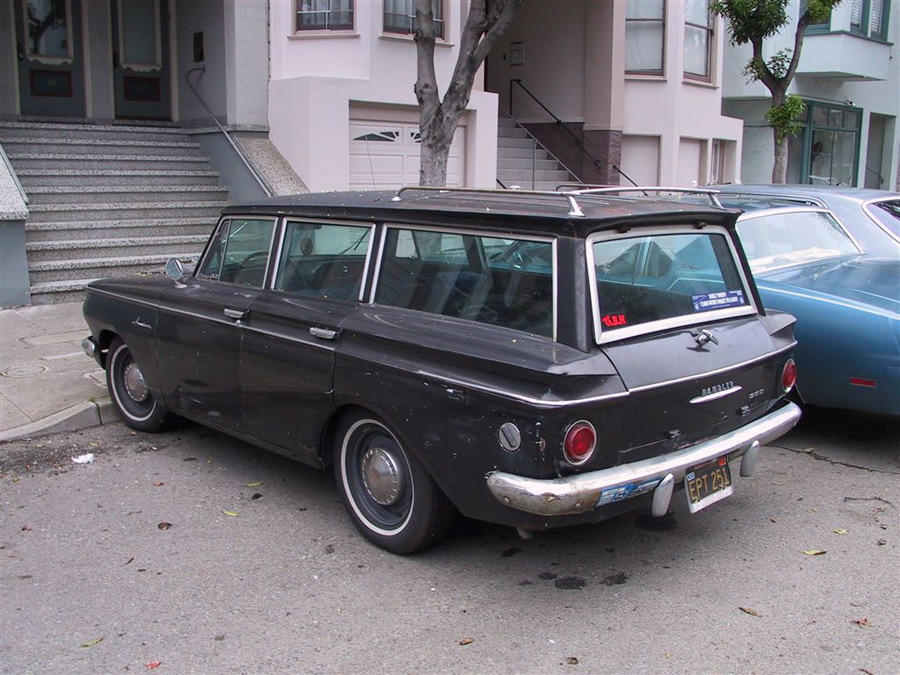Click on pictures to Z O O M in.

|
Notice the front bumpers are cut on both sides of the grill, I've seen this in several other pictures on the Web.
There is a lot to tell about the 1972 Vega, some of which involves me and an ex-girlfriend in Washington D.C. in 1972. Well, the girlfriend part is rather boring but Bonnie, was the proud owner of a very simple Vega in 1972, while we were dating. Her car had a simple 2 speed transmission and was very, very slow. Apparently, the Vegas were not all like hers, thank goodness.
The Vega was a unique vehicle. It was a part of a Corporate G.M. project that started in 1969 to help fight off the VW, Toyoto and Datsun lead in the sub-compact car category. According to Wikipedia, a dedicated team was established under one manager to design and bring the car to market in 24 mouths. The team succeeded but the car had mixed reviews. The car won Car Of The Year from major magazines and also made other magazine’s worst cars of all time list.
The cars basic style came from the Fiat 124 sports coupe, the car I was driving in 1972. Also, the aluminum block engine was originally tested in a Fiat sedan. Thanks go out to the Italian’s.
1972 models were essentially carried over from 1971 with a few refinements and additions. Vibration and noise levels were reduced by a revised exhaust system and better driveline damping and the rear shock absorbers were revised. The Turbo-hydramatic three-speed automatic transmission and a custom cloth interior were new options and a glove box was added.[19]
Apparently, my ex-girlfriend did not buy the 3 speed option.
 |
 |
Original script logo was replaced in 1973
One other interesting note relates to the cars tenancy to rust.
The original design provided for the full inner fender liners from the beginning. But at a cost review meeting the finance department cancelled the liners, as they would have added $1.14 per side, or $2.28 per car to the product cost. One of the program objectives was to produce a 2,000-pound car to sell for $2,000.00, and every penny was watched. Five years later, after GM had spent millions to replace thousands of sets of rusted-out Vega fenders in the field….
Click Here for extensive information from Wikipeadia on the Chevy Vega
© Fred Winograd copyright 2011








